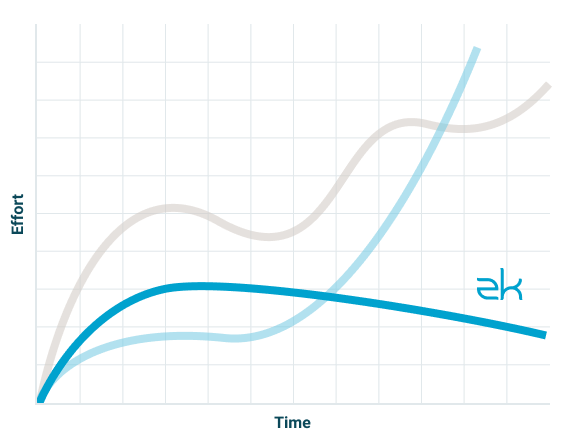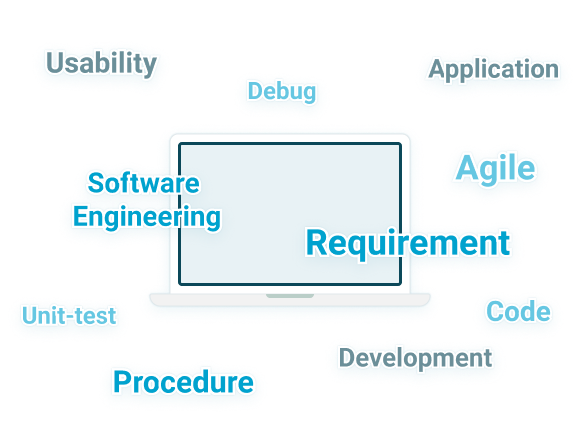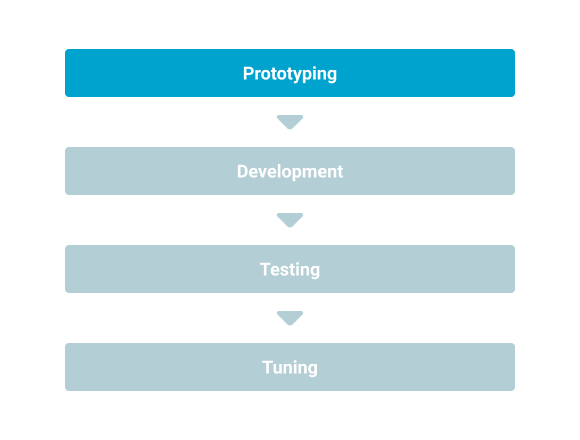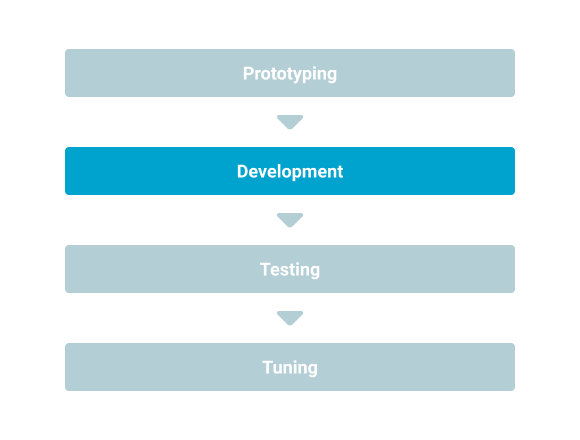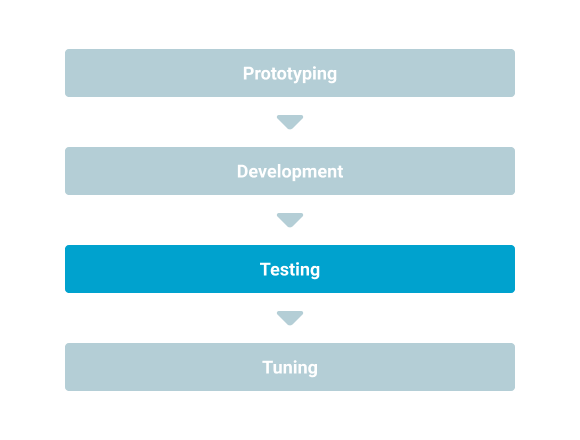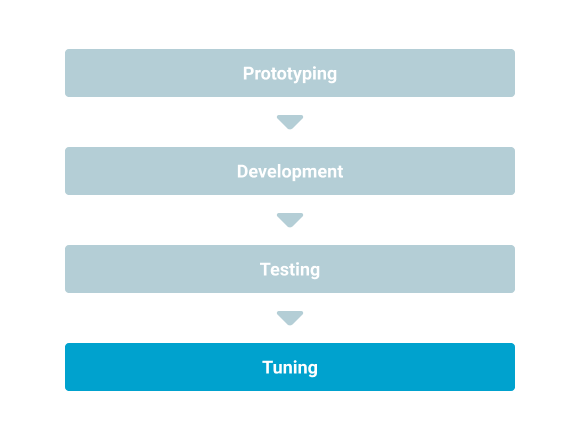ZK is a Java based Ajax framework where instructions are executed at the server by default, Web
application developers can continue to use their well versed Java language and all its proven enterprise
technologies to develop ZK applications.
Developers can continue to use their favorite Java IDEs, debuggers, and profilers in their Web
development. For Eclipse users, ZK offers ZK Studio, an Eclipse plugin released by the ZK team with features
like WYSIWYG UI editor, component palette for easy drag-and-drop building of the UI presentation, and ZK MVC
extractor for converting scripting done in the prototyping phase to Java classes, following the MVC pattern to
decouple the View from Model and Control. A NetBeans plugin, REM, a contribution from ZK's community, is
available for the NetBeans users.
ZK is component based and event driven, which simplifies Ajax application development to a desktop
programming experience without having to be concerned with JavaScript programming, cross-browser issues, complex
Ajax communications and other factors well noted for the high cost of Ajax Web development.
